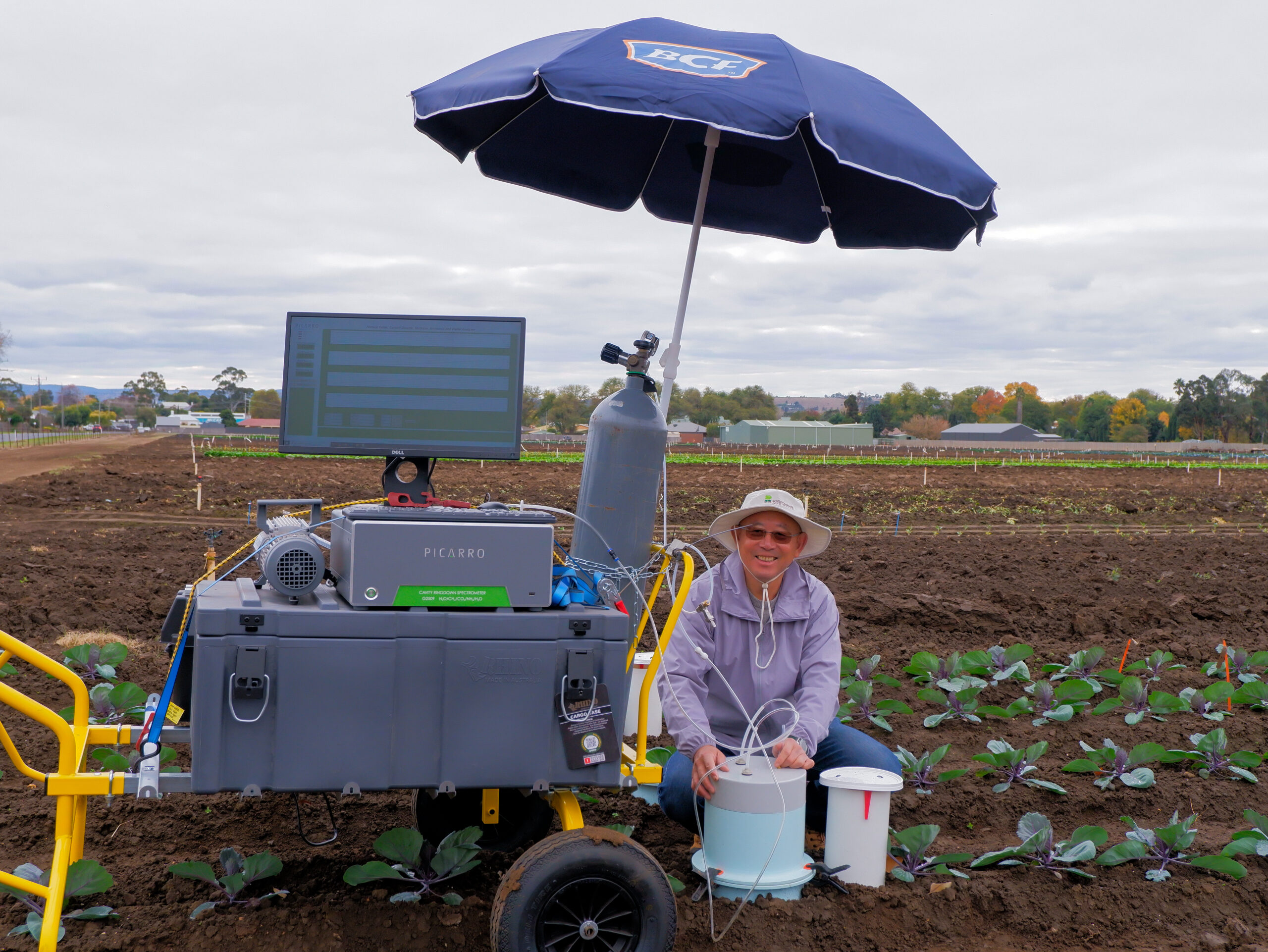Nitrogen for Better or Worse: Issues in Estimating the Benefits and Costs of using Nitrogen Fertilisers
Bill Malcolm, Garry Griffith, Alex Sinnett, Paul Deane and Chinthani Rathnayake. “Nitrogen for Better or Worse: Issues in Estimating the Benefits and Costs of using Nitrogen Fertilisers.” Australasian Agribusiness Perspectives 2022, Vol 25, Paper 5.
The private benefits of using nitrogen fertiliser for agricultural and horticultural production are large; so too are the social costs from the losses of nitrogen in various forms to the surrounding environment. Emissions from nitrogen fertiliser contribute to global warming and adversely affect air quality and human health and pollute groundwater and surface water. If less of the nitrogen fertilizer used in agricultural and horticultural production went into creating negative externalities for society, and more of it went into creating output with positive private value, further net benefits would result for producers, consumers and society. Nitrogen fertilisers that are less prone to leakage from their agricultural purpose would assist in making this change for the good. Fewer agricultural policies such as subsidies that encourage increased use of nitrogen in agriculture and horticulture and more policy designed to ensure beneficiaries of the use of nitrogen in agriculture and horticulture pay the true social cost the emissions from nitrogen fertilizer are causing, would help too.
The primary purpose of this paper is to review fundamental economic ways of thinking about estimating the private and social benefits and costs of using nitrogen to produce agricultural and horticultural crops. Such a review will identify the types of information required to design and implement policy to promote the socially optimum use of nitrogen fertilisers and to reduce the social costs caused by current farm practices. This review is partitioned into five main parts. Depending on their interests, readers may choose to focus on just one or a few of the parts, rather than the complete document.


